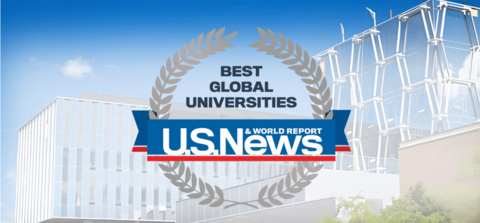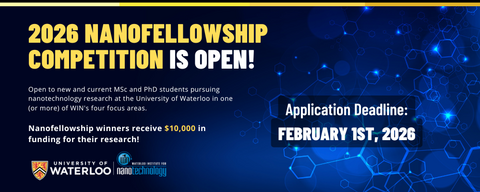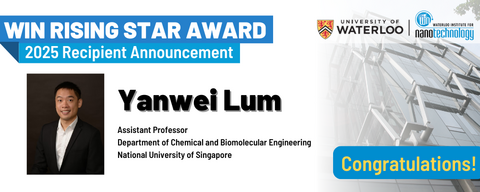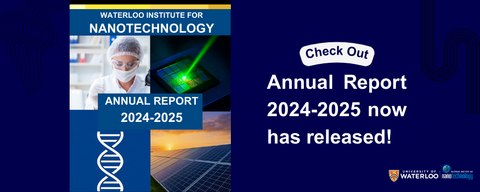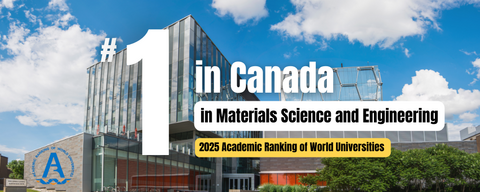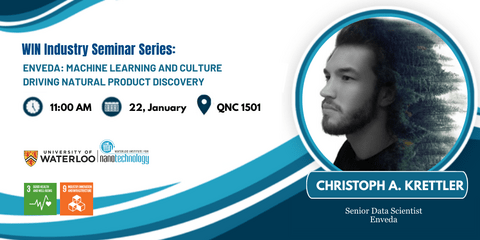The Waterloo Institute for Nanotechnology (WIN) is a global leader in discovering and developing smart and functional materials, connected devices, next generation energy systems, and therapeutics and theranostics. These discoveries by our scientists and engineers are fundamentally changing our world and helping solve some of humanity's most pressing issues. Our 285, 000 square foot, state-of-the-art facility meets the highest scientific standards for the control of vibration, electromagnetic radiation, temperature, and humidity, making it a global centre of excellence for nanotechnology and its applications.
Why is nanotechnology important? It is about creating new materials and improving ways of manufacturing products. To be more efficient, better, stronger and cheaper. Also improving the economy, environment and society. To achieve societal impact and a sustainable future, WIN has now mapped its thematic areas with the United Nations Sustainable Development Goals.
Events
WIN Industry Seminar Series: Christoph A. Krettler
WIN Industry Seminar Series: Christoph A. Krettler, a Senior Data Scientist at Enveda, on January 22, 2026, 11:00 a.m. at QNC 1501.
nano tech Japan 2026
Waterloo Institute for Nanotechnology (WIN) invites researchers, startups, and industry partners to participate in nano tech Japan, one of the world’s largest nanotechnology exhibitions and conferences. This premier event brings together global leaders in nanoscience, materials, and advanced technologies to foster innovation and collaboration.
News
University of Waterloo Ranked #1 in Materials Science and Engineering
The University of Waterloo continues to be recognized among the top universities in Canada and globally according to the 2025 Academic Ranking of World Universities subject rankings by Shanghai Ranking Consultancy. Five programs rank first in Canada while thirteen programs rank top 50 globally.
2025 WIN Rising Star Recipient Announced
Dr. Yanwei Lum has been selected as the recipient of the prestigious Waterloo Institute for Nanotechnology (WIN) 2025 Rising Star Award.
Dr. Lum, Assistant Professor at the National University of Singapore, Department of Chemical and Biomolecular Engineering will accept this award in person at the WIN Day Talk on May 1, 2026.
Soft Robots Target Kidney Stones—A Leap Forward in Minimally Invasive Treatment!
The team of Dr. Veronika Magdanz (WIN Member), Dr. Alfred Yu (WIN Member), and Dr. Behrad Khameseehas has developed soft, magnetically guided robots capable of delivering targeted enzyme therapy directly to kidney stones, offering a minimally invasive and rapid relief alternative to conventional treatments.
